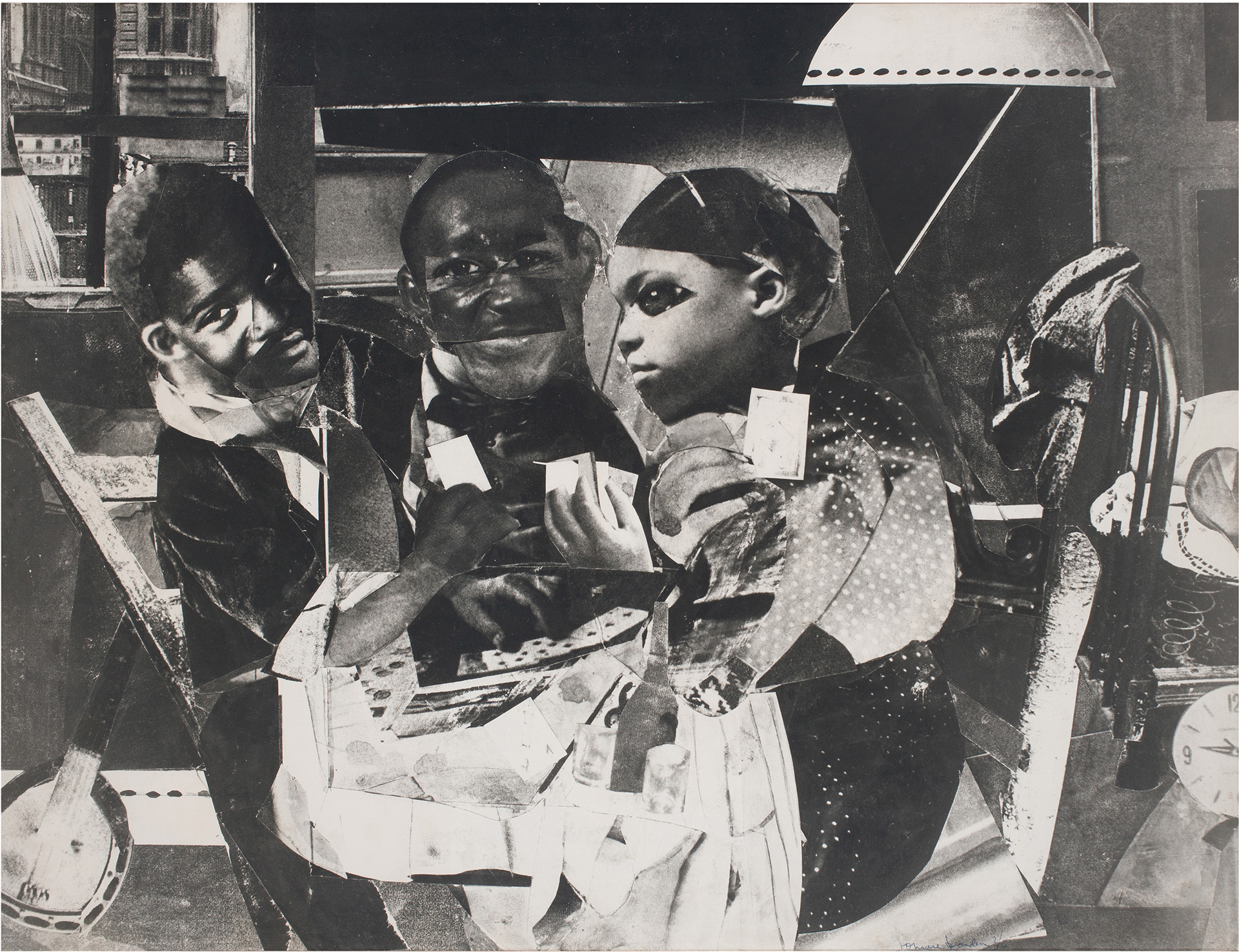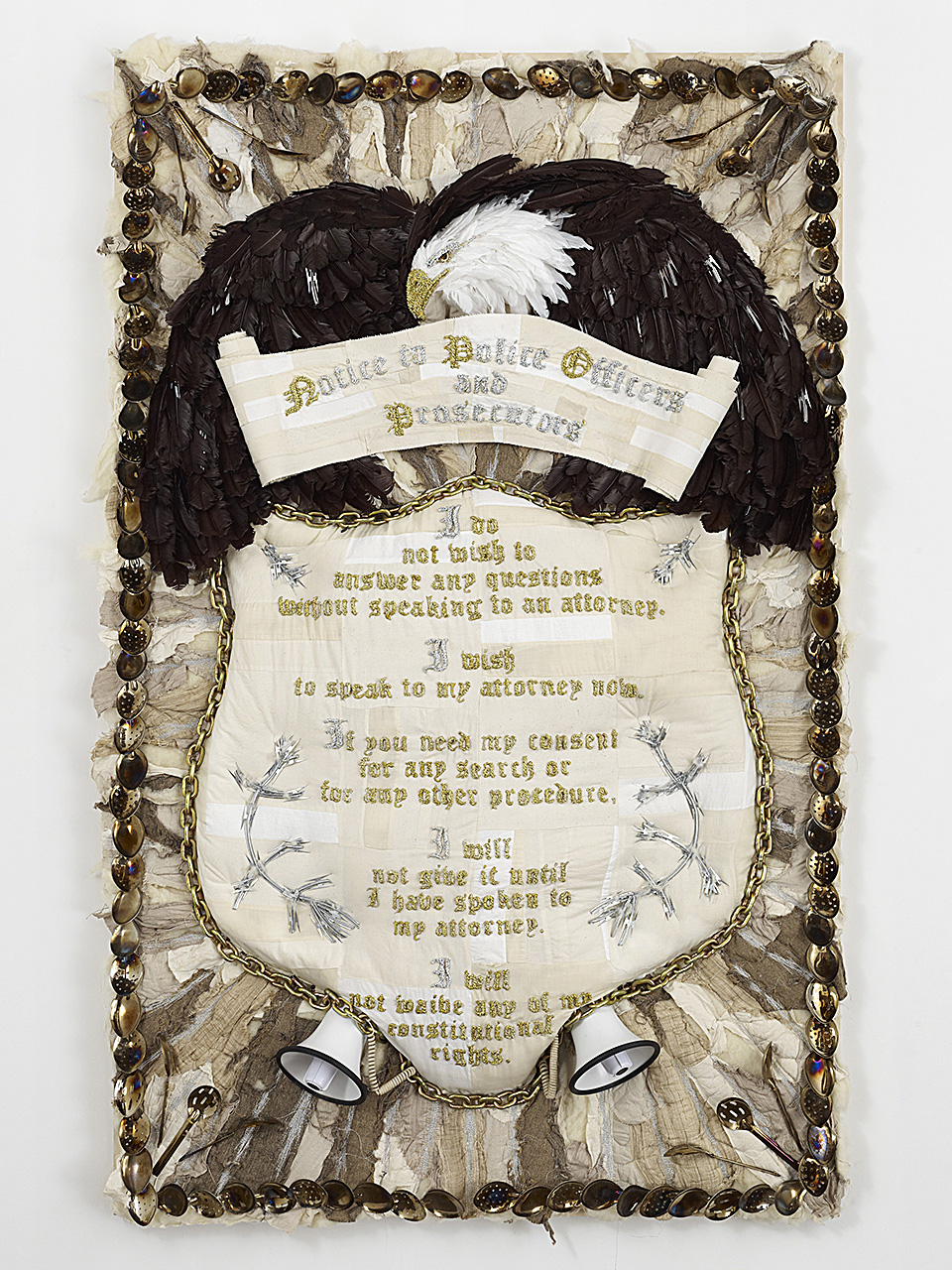
Pérez Art Museum Miami expands its African-American art collection
Above: Evening 9:10, 461 Lenox Avenue, 1964; Art © Romare Bearden Foundation/Licensed by VAGA, New York, NY.
Since its inception the Pérez Art Museum Miami has sought to establish itself as a showcase for the best in contemporary art while also reflecting the cultural diversity of South Florida.
One approach has been to program shows such as “Sun Splashed,” a survey of works by Jamaican-born, New York-based artist Nari Ward, or “Bloodlines,” by Dominican-born, New York- based artist Firelei Báez, both artistically strong, both powerful, thoughtful and provocative invitations to look with fresh eyes at the history, sensibilities and issues of some communities around us that we thought we knew.
Another significant tool for the museum has been the PAMM Fund for African American Art, which focuses on the acquisition of contemporary works by African-American artists for the museum’s permanent collection. Fittingly, Ward’s “Homeland Sweet Homeland” (2012), part of the “Sun Splashed” exhibit, along with Romare Bearden’s “Evening 9:10, 461 Lenox Avenue” (1964), will become part of the permanent collection of the Pérez Art Museum Miami. The works have been purchased with resources provided by the PAMM Fund and will be announced at the Third Annual Reception for the PAMM Fund for African American Art on Tuesday night.
“Museum acquisitions are always really important because they are part of this historicizing process,” said Ward from his home in New York. “It puts you in the canon that the museum, the institution, is creating for its community. African-Americans and other artists of color have always been left out, and there is an awareness within the art world that there have been voices that have been left out, and that’s something these institutions are trying to grapple with.”

Nari Ward, Homeland Sweet Homeland, 2012. Photo Credit: Elisabeth Bernstein, image courtesy the artist and Lehmann Maupin, New York and Hong Kong.
“It’s very cool to have your work be part of the conversation along other relevant voices in the art world and the community,” said Ward. “Especially in a city like Miami.”
The fund launched in September 2013 with a $1 million fund, seeded, in equal amounts, by developer and art collector Jorge M. Pérez, a trustee and major donor after whom the museum is named, and Knight Foundation, which has provided major endowment support and other funding to the museum .
PAMM’s previous acquisitions include Faith Ringgold’s painting “Black Light Series No. 1: Big Black,” (1967); Al Loving’s “Untitled No. 32,” (1975); Xaviera Simmons’s 2009 photograph “Untitled (Pink);” Terry Adkins’ wall-based sculpture “Beahearer,” (2014) ; Ed Clark’s painting “Pink Wave,” (2006) and Leslie Hewitt’s photograph “Untitled (Median),” part of the series “Still Life,” from 2013.
The collection of the Pérez Art Museum Miami includes other works by significant African-American artists such as Leonardo Drew, Sam Gilliam, Rashid Johnson, Lorna Simpson, James Van Der Zee, Carrie Mae Weems, Kehinde Wiley and Purvis Young.
“Our premise, our basic goal, is to make art general in Miami, which means general to all communities. Art tells our stories,” said Victoria Rogers, vice president for arts at Knight Foundation. “It causes us to see in different ways and to question and think from very different perspectives, and even though sometimes it can be challenging, it creates a safe ground for conversation. I was [at PAMM] the other day and spent time in the Firelei Báez exhibition and I loved it. And it’s not only the beauty, the intricacy of the work, but the messages. They provide tools for us to better understand the world around us. For me, it’s crucial.”
“This collection of African-American and African diaspora artists is especially important to our community,” she continued. “We want our museums, we want our art, to reflect the diversity of this community.”
Barron Channer, CEO of BACH Real Estate and co-chair of PAMM Ambassadors for African American Art, an affiliated group of donors who support the fund, concurs, noting that “the great gift that we have in Miami, its diversity, also creates the challenge of inclusion.”
For Channer, who was born in Jamaica and arrived in South Florida as a preteen, inclusiveness naturally extends to the intent of PAMM’s Fund for African American Art, which, he says, “was not to think African-American in the narrow meaning of the term but in the sense that [it’s] coming generally from the Americas, that is inspired or influenced by the African diaspora or generated by someone from the African diaspora. The term African-American has different connotations in different regions of the country. Miami’s brand of African-American is infused by Afro-Caribbean, by migration from Africa itself and, of course, by multigenerational Americans of African descent.”
As for the art to be acquired for the museum’s permanent collection, “our commitment at PAMM is to reflect the best of art and to reflect the best of art in a way that shines a mirror on our culture,” he says. “What PAMM is doing, as a cultural representative of the city in the world, is effectively channeling and projecting the inclusiveness of Miami.”
To learn more about the PAMM Fund for African American Art Fund, visit pamm.org/artfund.
Fernando González is a Miami-based arts and culture writer. He can be reached via email at [email protected]
Recent Content
-
Artsarticle ·
-
Artsarticle ·
-
Artsarticle ·

